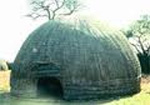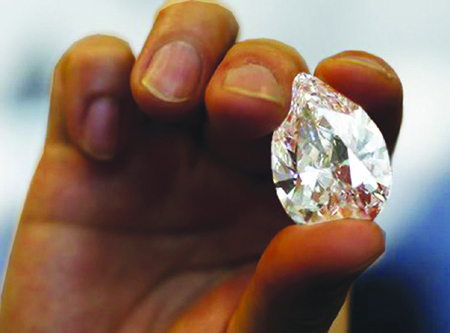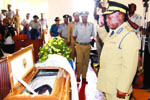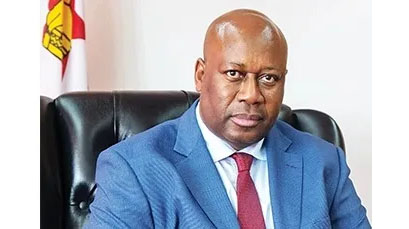Museums to engage stakeholders on Old Bulawayo restoration

Nothing was salvaged from the site, situated about 17 kilometres from Bulawayo, as the fire destroyed all the eight beehive huts, including the King’s palace.
Also destroyed was the king’s kraal, wagon shed, a house built for him by the missionaries and the palisade.
A house built by the Khumalos to perform traditional rituals as well as the stone laid by President Mugabe in 1993 to commission the reconstruction of the site were also not spared by the fire.
In an interview yesterday, NMMZ director, Dr Godfrey Mahachi said the organisation would hold a meeting this week to deliberate on when to engage the stakeholders.
“We have started planning for the restoration. We will be engaging various stakeholders for the purposes of restoring the site,” said Dr Mahachi.
“I will hold a meeting with the board before the end of this week to deliberate on the stakeholders’ meeting and also set a date for the meeting.”
Dr Mahachi, however, could not reveal what exactly would be discussed in the stakeholders’ meeting but said it would help them come up with a budget for the whole project.
“We want to talk about various issues and I do not want to pre-empt the meeting now. However, the budget will be determined by the reconstruction plan drawn at the stakeholders’ meeting,” said Dr Mahachi.
He said they would not rebuild the site the way it originally was. “We will not restore the site in terms of replacing the structures that were there but start with the review of the project with the stakeholders and come up with a way forward.”
King Lobengula and his people built the Ndebele capital in 1870. It was burnt down in 1881 in response to increased threats to his political control by the colonial forces and the mounting onslaught by missionaries who wanted to convert his people against his wishes.
One of the king’s indunas, Magwegwe, led the process of burning down that capital after which Lobengula and his people moved northwards to the present day State House in Sauerstown, Bulawayo.
The idea of restoring King Lobengula’s capital was mooted in 1993 during the run-up to Bulawayo’s centenary celebrations.
But construction only began in July 1997 when a team of experts from Zululand in South Africa visited the country to teach locals how to pitch up beehive huts characteristic of King Lobengula’s era.









Comments